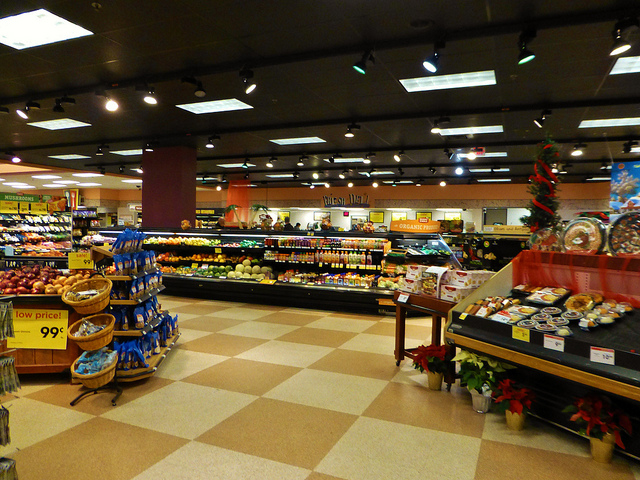
UPDATED JANUARY 10, 2024
We have many clients who are injured in fall-down accidents, and usually the first issue that comes up in a fall-down case is whether the owner/operator of the property is responsible for the client’s injury. While this is always an issue in any personal injury case, there are some specific issues that arise when a person slips and falls in a place like a grocery store, fast food restaurant, and similar stores.
Whenever a person wants to bring a personal injury claim against another person or company, they need to establish that the other person is at fault. Sometimes, this is very easy to do (for example, someone drives through a red light and causes a crash). But sometimes it is very difficult to prove. Remember, a plaintiff needs to show what the defendant did wrong. Just because an accident happened, it does not automatically mean that the defendant is responsible for the injuries.
This is sometimes difficult for clients to appreciate in fall-down cases. Many people (incorrectly) believe that just because they fell at the defendant’s store or building, the defendant must be responsible. Not so. Accidents can happen even when a property owner is doing everything right. And sometimes, we simply can’t put our finger on the exact thing that the defendant did wrong, which cause the accident. For example, a small, random puddle in the middle of a floor – if a person slips then the plaintiff would need to show that the defendant did something wrong to cause the puddle to be there (like a leaking roof) or that the puddle was there for long enough that the owner should have noticed it and cleaned it up.
And this leads to the explanation as to why accidents in some stores – like grocery stores and fast food restaurants – are a bit different than other fall-down cases. In these types of stores, the customers have access to a variety of self-service areas, i.e. places where the customer takes their own items. Sometimes, this can create the risk of causing hazards. For example, if a grocery store lets customers take their own beans from a bin, there is always the risk that a customer drops a bunch on the floor and someone is caused to fall. Another example, a restaurant may allow customers to dispense their own ketchup from a dispenser, and there is always a risk that a large glob of ketchup pours onto the floor and someone slips and falls. However, an injured person would never know if a customer was the only person responsible or if the store either made the mess or failed to clean it promptly.
These types of cases are called “mode of operation” cases. Basically, the store’s mode of operation raises the likelihood that a person could get hurt. In such cases, the burden shifts to the business owner/operator to prove that they did everything properly. And this is the rule because it would be fundamentally unfair for a plaintiff to have to prove liability in these types of cases – the store could always say, “well, it was probably another customer, so we’re not responsible.” The mode-of-operation rule is not only a common sense approach, but balances the potential unfairness that an injured person may otherwise face.